A backyard pond can transform any outdoor space into a serene retreat. Ponds attract wildlife, provide a soothing water feature, and support aquatic plants and fish. Creating a backyard pond requires careful planning and attention to detail. Our guide explains the design, building, and maintenance factors for a successful project.
Planning Your Backyard Pond
Before you start digging, plan your pond carefully. Consider the pond’s purpose, location, shape, size, and additional features you may want to include.
- Location: Choose a spot with partial sunlight. Too much direct sunlight can lead to algae growth, while too much shade can hinder plant growth. Check that the site is flat and away from tree roots or underground utilities.
- Size and shape: The size and shape of your pond depends on your space and preferences. Larger ponds can support more fish and a variety of plants, while smaller ponds are easier to maintain. Curved shapes are often more natural-looking, while geometric shapes can provide a modern aesthetic.
- Purpose and design: Do you want a decorative water feature, a habitat for fish, or a thriving ecosystem with aquatic plants? The purpose of your pond guides all your decisions throughout the planning process. A pond meant for fish will require deeper water and filtration systems, while a decorative pond might focus on aesthetic elements.
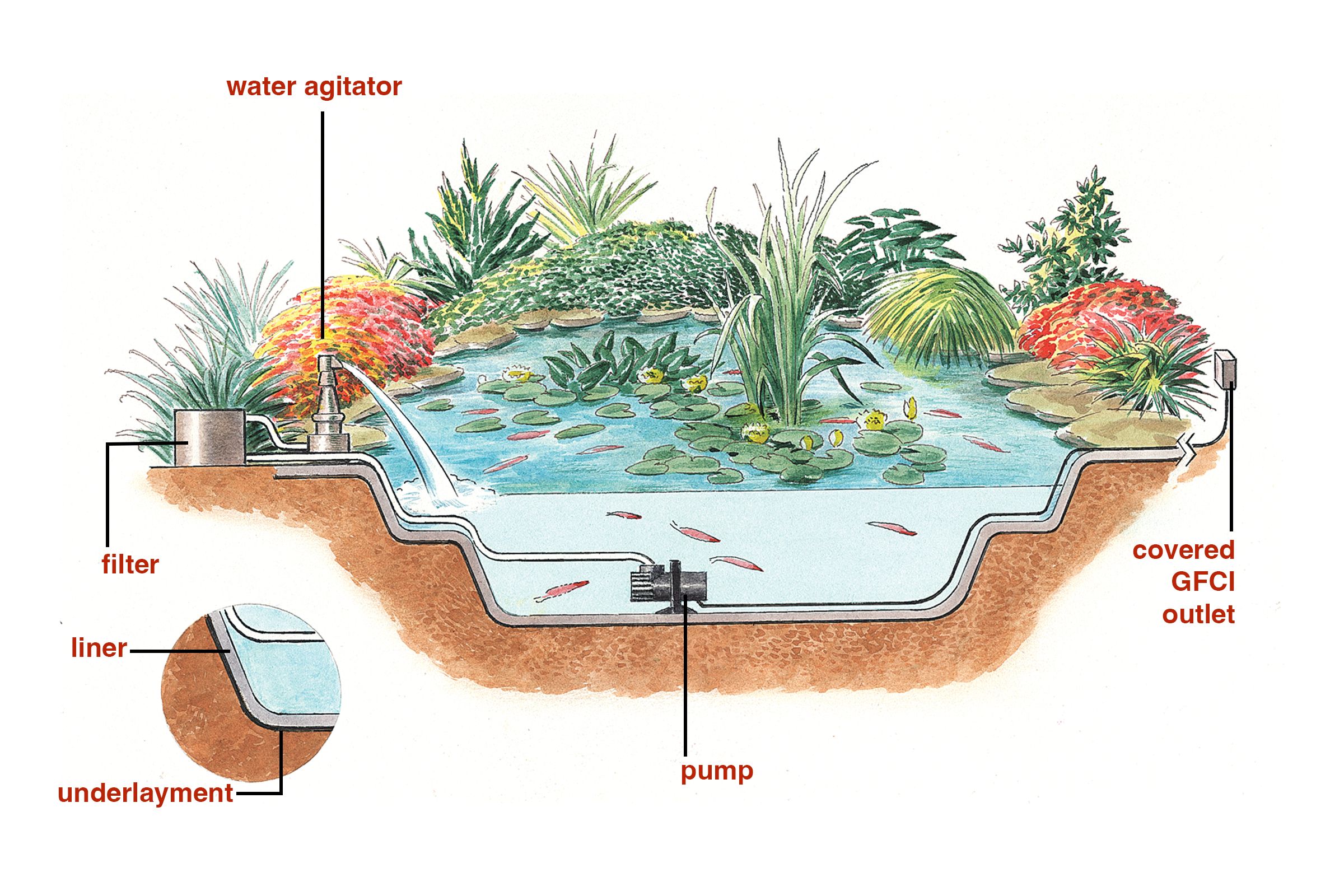
Backyard Pond Materials and Tools
To create your pond, you’ll need specific materials and tools. This section will help you identify everything required to start your project.
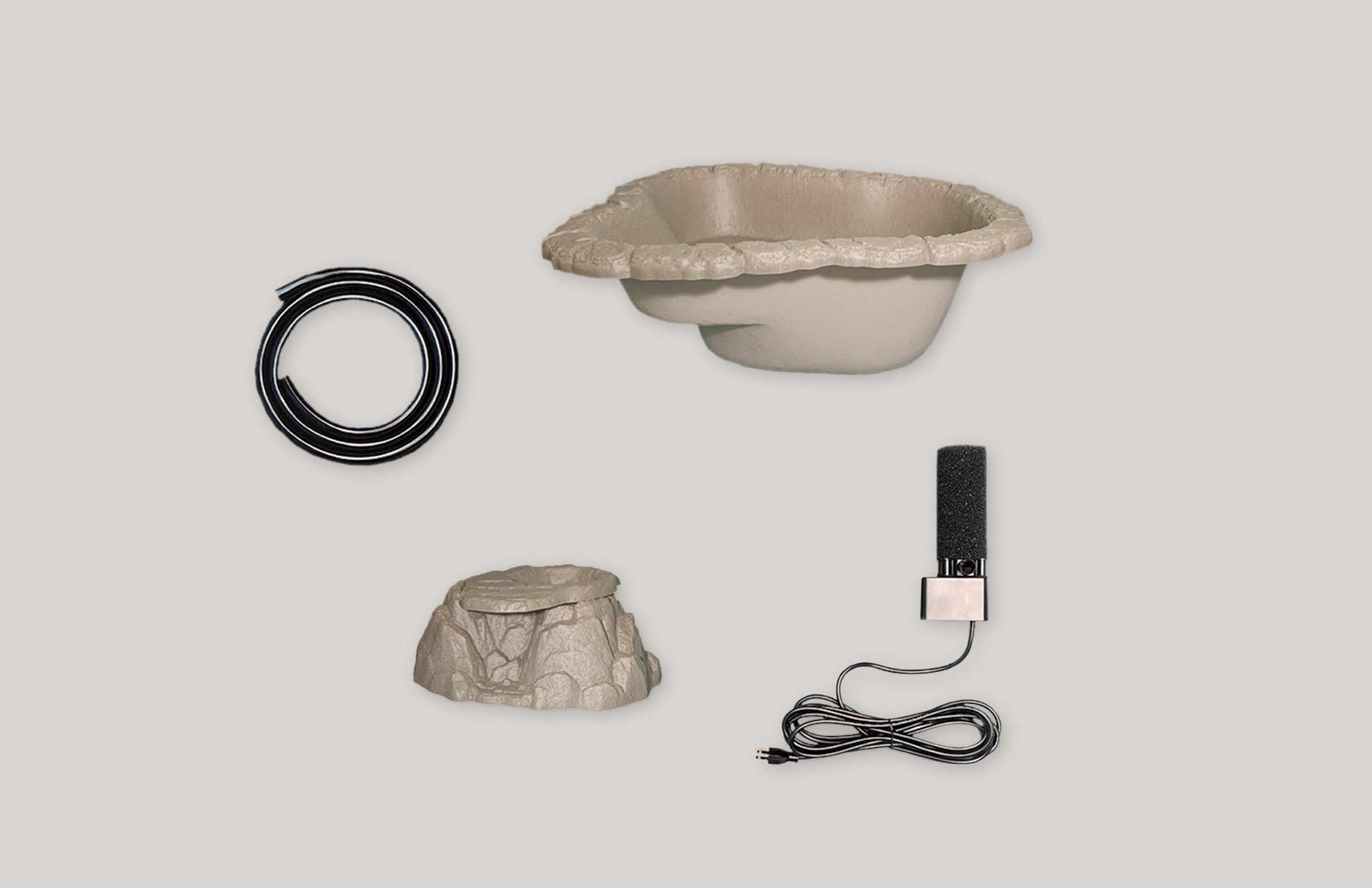
Essential Materials
- Aquatic plants: Enhance the aesthetic and ecological balance of your pond.
- Pond liner: Rubber liners offer flexibility in design, while preformed liners are more straightforward to install.
- Pump and filtration system: Circulates water and keeps it clean.
- Rocks and gravel: Used for edging and adding a natural look.
- Underlayment: Protects the liner from punctures by providing a cushioning layer.
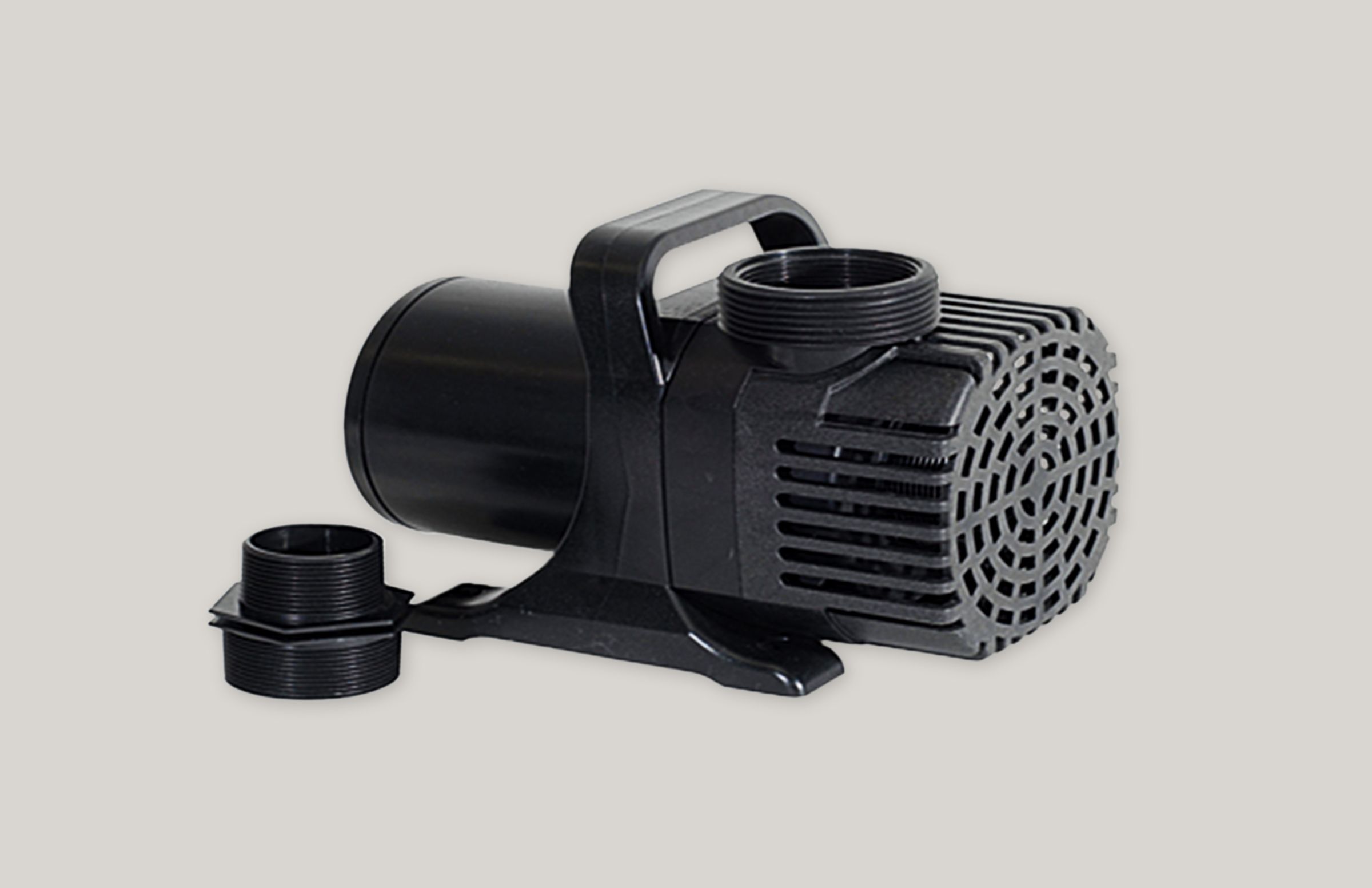
Necessary Tools
- Level: Checks that the pond is even during construction.
- Pond skimmer: Helps remove debris from the water’s surface.
- Shovel and rake: For digging and leveling the pond area.
- Wheelbarrow: To transport soil, rocks, and other materials.
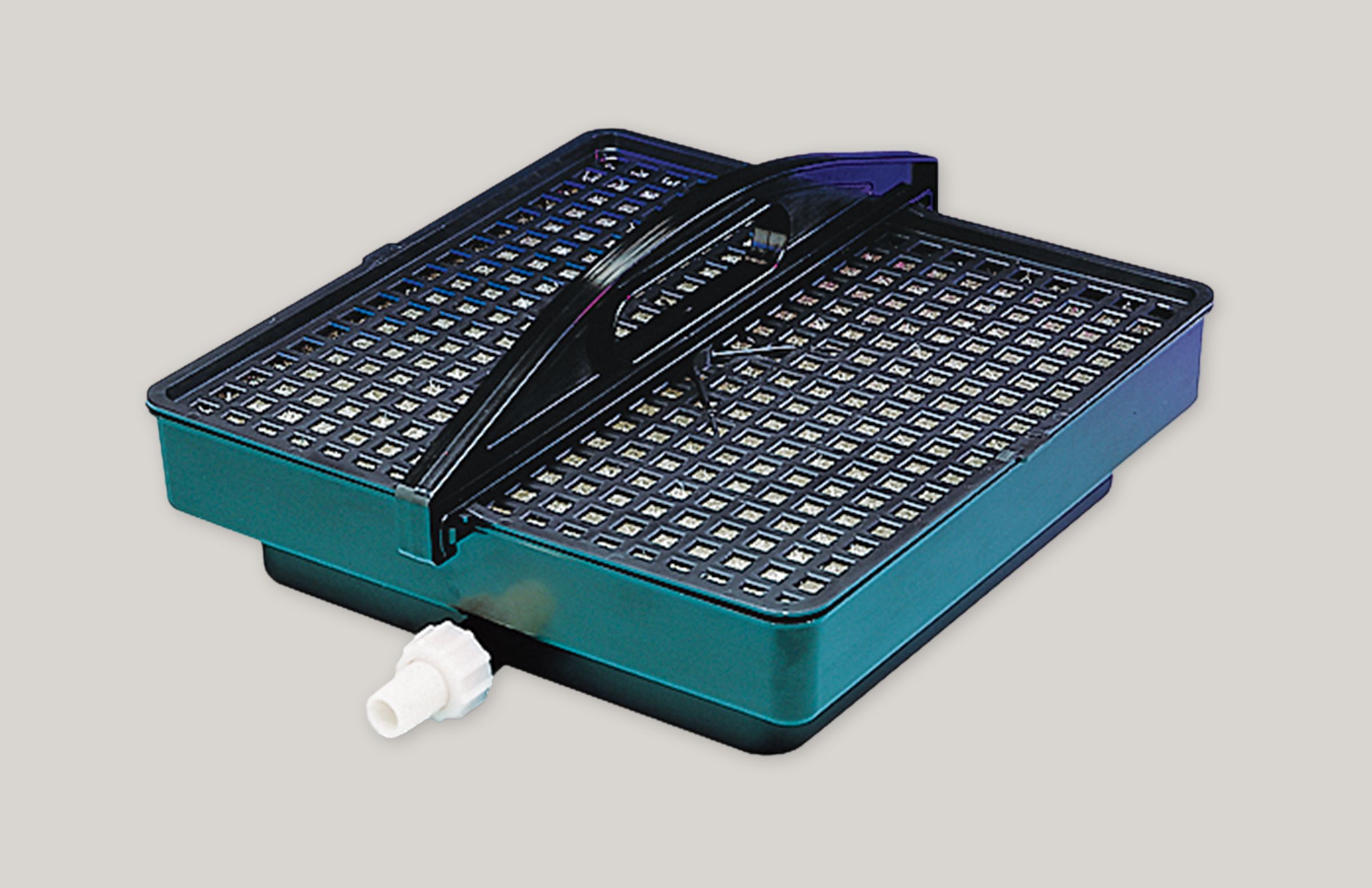
Steps To Build a Backyard Pond
You can start building your pond with your plan, materials, and tools ready.
- Excavation: Start by marking the outline of your pond with spray paint or a garden hose. Dig the pond to the desired depth, creating plant shelves if needed. Use the shovel and wheelbarrow to remove soil and create a smooth, even surface.
- Liner installation: Lay the underlayment to protect the pond liner from sharp objects. Next, position the pond liner to cover the entire excavation with extra material around the edges. Smooth out wrinkles and adjust the liner as needed.
- Adding rocks and gravel: Line the bottom of the pond with gravel and arrange rocks along the edges. This step adds a natural look and helps secure the liner. Be sure to leave space for the pump and filtration system.
- Installing a pump and filtration system: Place the pump at the deepest part of the pond and connect it to the filtration system. Follow the manufacturer’s instructions for installation and make sure all connections are secure.
- Filling the pond: Slowly fill the pond with water, allowing the liner to settle into place. Check for any leaks and make adjustments as needed.
- Adding plants and fish: Introduce aquatic plants to your pond, placing them on the shelves or along the edges. Consider adding fish, but wait at least 24 hours after filling the pond to check for suitable water temperature and quality.
Maintaining Your Backyard Pond
Use our pond maintenance tips to keep your new backyard pond healthy and beautiful.
Regular Maintenance Tasks
- Checking water levels: Make sure the water level stays consistent, topping off the pond as needed to compensate for evaporation.
- Cleaning debris: Regularly remove leaves, twigs, and other debris from the water surface and pond bottom using a pond skimmer or net.
- Inspecting equipment: Regularly check the pump and filtration system to guarantee they function correctly. Clean or replace filters as needed.
- Monitoring water quality: Test the water for pH, ammonia, and nitrate. Adjust it as needed to maintain a healthy environment for plants and fish.
Seasonal Maintenance
Different seasons require specific maintenance tasks to prepare your pond for changing weather conditions.
- Spring: Clean the pond thoroughly, remove any debris buildup, and check the equipment after winter. If you removed plants and fish last year, spring is the time to reintroduce them.
- Summer: Monitor water temperature and algae growth. Provide shade or add beneficial bacteria to control algae blooms.
- Fall: Remove fallen leaves regularly and prepare the pond for winter by reducing feeding and trimming plants. Research your specific plants and fish—depending on your pond size and climate, you may need to relocate them before winter.
- Winter: If you live in a freezing climate, use a pond heater or aerator to prevent the water from freezing completely. Avoid disturbing the pond too much during this time.
Enhancing Your Backyard Pond
Adding these features can enhance your new pond’s beauty and functionality.
Additional Plants and Landscaping
Surround your pond with various plants to create a lush, natural setting. Use native plants acclimated to your climate. Incorporate ornamental grasses, ferns, and flowering plants to add color and texture. Landscaping around the pond can integrate it seamlessly into your backyard design.
Lighting
Install underwater or landscape lighting to create a magical ambiance around your pond. Solar-powered lights are easy to install and eco-friendly. Position lights strategically to highlight key features and create safe pathways around the pond.
Waterfalls and Fountains
Adding a waterfall or fountain can enhance your pond’s visual appeal and soundscape. These features also help oxygenate the water, benefiting fish and plants. Choose between prefabricated waterfall kits or build one using rocks and a separate pump.
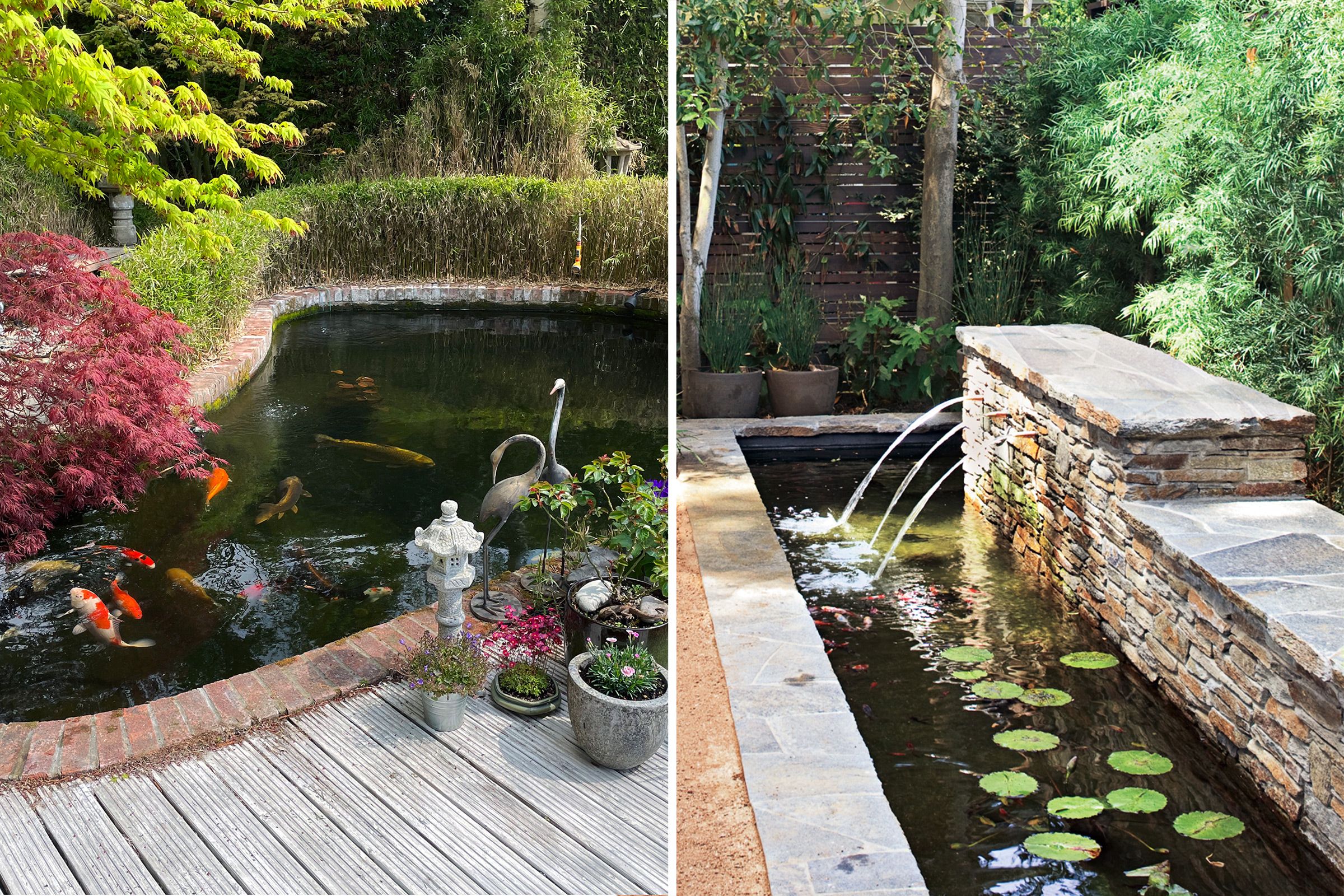
Cost of Building and Maintaining a Backyard Pond
Creating and maintaining a backyard pond involves various costs, from initial construction to ongoing maintenance. Understanding these costs will help you budget for your project.
Construction Costs
The cost of building a backyard pond varies based on the size, materials, and features you choose. The project costs around $3,360 on average.* Here is a breakdown of some potential expenses:
- Additional features (waterfalls, lighting): $500–$4,300 per feature, depending on complexity and materials.
- Aquatic plants: $3–$45 per plant, based on the variety and number of plants.
- Pond liner: $0.30–$7.40 per square foot, depending on size and material.
- Pump and filtration system: $50–$2,000 per pump, based on capacity and brand.
- Rocks, gravel, and edging materials: $12–$33 per linear foot, depending on the source and quantity.
*Cost information based on 2024 reports from Angi and LawnStarter.
Common Backyard Pond Problems and Solutions
Even the most well-maintained pond can present challenges. Recognizing and addressing these issues promptly will keep your pond healthy and attractive.
Algae Growth
Algae turns the water green and can deplete oxygen levels, harming fish and plants. To control algae, check for proper filtration and circulation, add aquatic plants to compete with algae for nutrients, and consider using a UV clarifier to eliminate algae spores.
Pond Leak
A leaking pond liner can cause water levels to drop significantly. To find the leak, let the water level stabilize and inspect the liner for tears or punctures at that level. Patching kits are available for small repairs. You may need to replace the liner or seek professional assistance for larger leaks.
Water Quality Issues
Regularly test your pond’s water for pH, ammonia, nitrites, and nitrates. Use beneficial bacteria treatments to break down organic waste and maintain a balanced environment. Avoid overfeeding fish, as excess food can contribute to poor water quality.
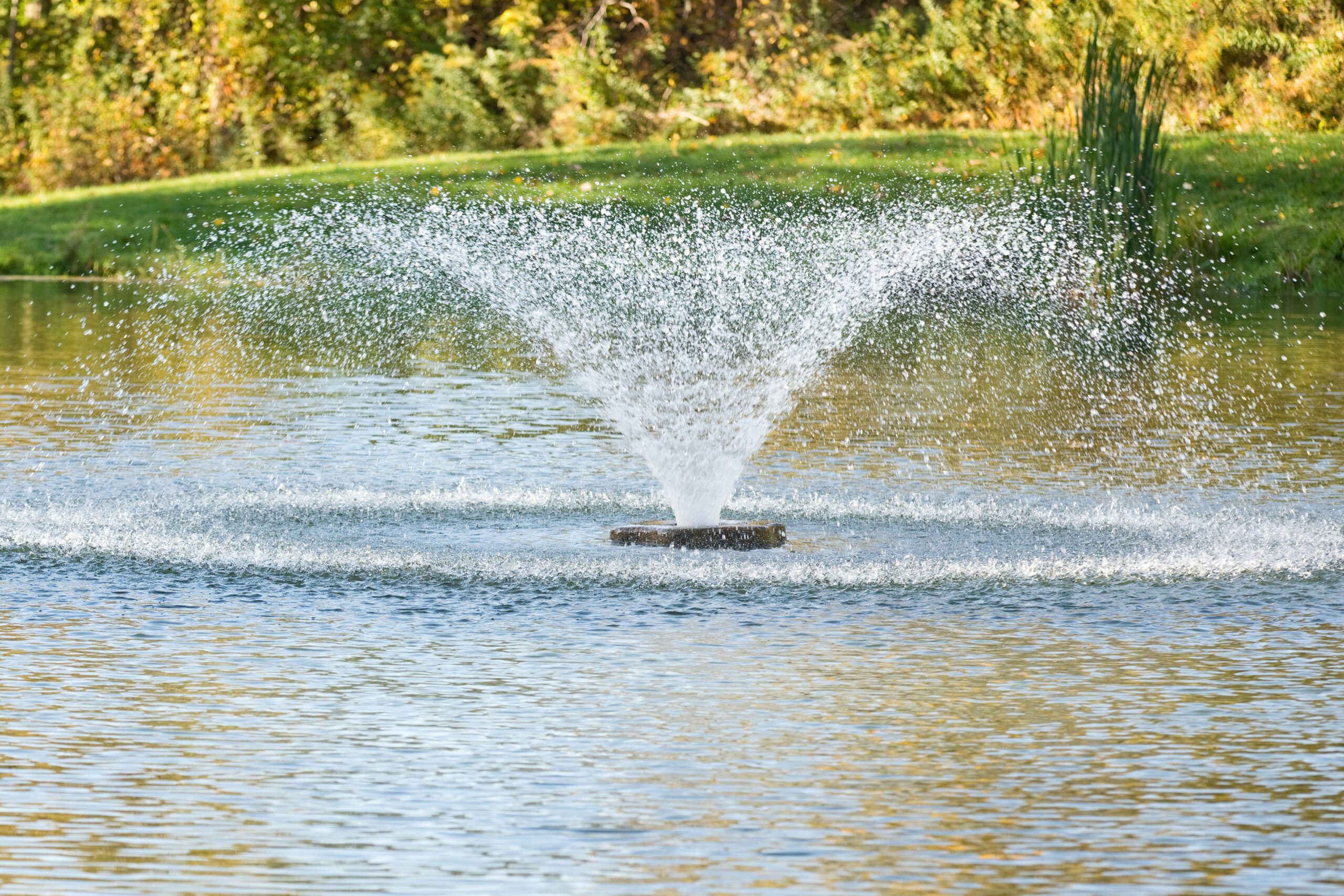
Eco-friendly Practices for Your Pond
Creating and maintaining a backyard pond with eco-friendly methods can have positive environmental impacts and support local wildlife. Here are some sustainable practices to consider.
Chemical-Free Maintenance
Avoid using harsh chemicals to treat algae or pests in your pond. Instead, opt for natural alternatives like barley straw, which inhibits algae growth when placed in the pond. Introduce beneficial bacteria to break down organic waste. These eco-friendly methods maintain a balanced ecosystem without harming wildlife.
Native Plants and Wildlife
Incorporate native plants around your pond to encourage local wildlife and biodiversity. Native plants require less maintenance and provide food and shelter for local species. Add a birdbath, nesting boxes, or frog habitat to attract wildlife and create a thriving ecosystem.
Natural Filtration
Integrating natural filtration methods can promote a healthy pond ecosystem. Plant a variety of aquatic vegetation, such as water lilies, cattails, and submerged plants, to help clean the water and provide a habitat for beneficial insects and microorganisms. These plants can also help absorb excess nutrients, reducing algae growth.
Rainwater Harvesting
Use rainwater to fill and top off your pond instead of relying on tap water. You can install rain barrels or a rainwater harvester to collect and store rainwater from your roof. This practice conserves water and reduces the need for chemical treatments often found in tap water.
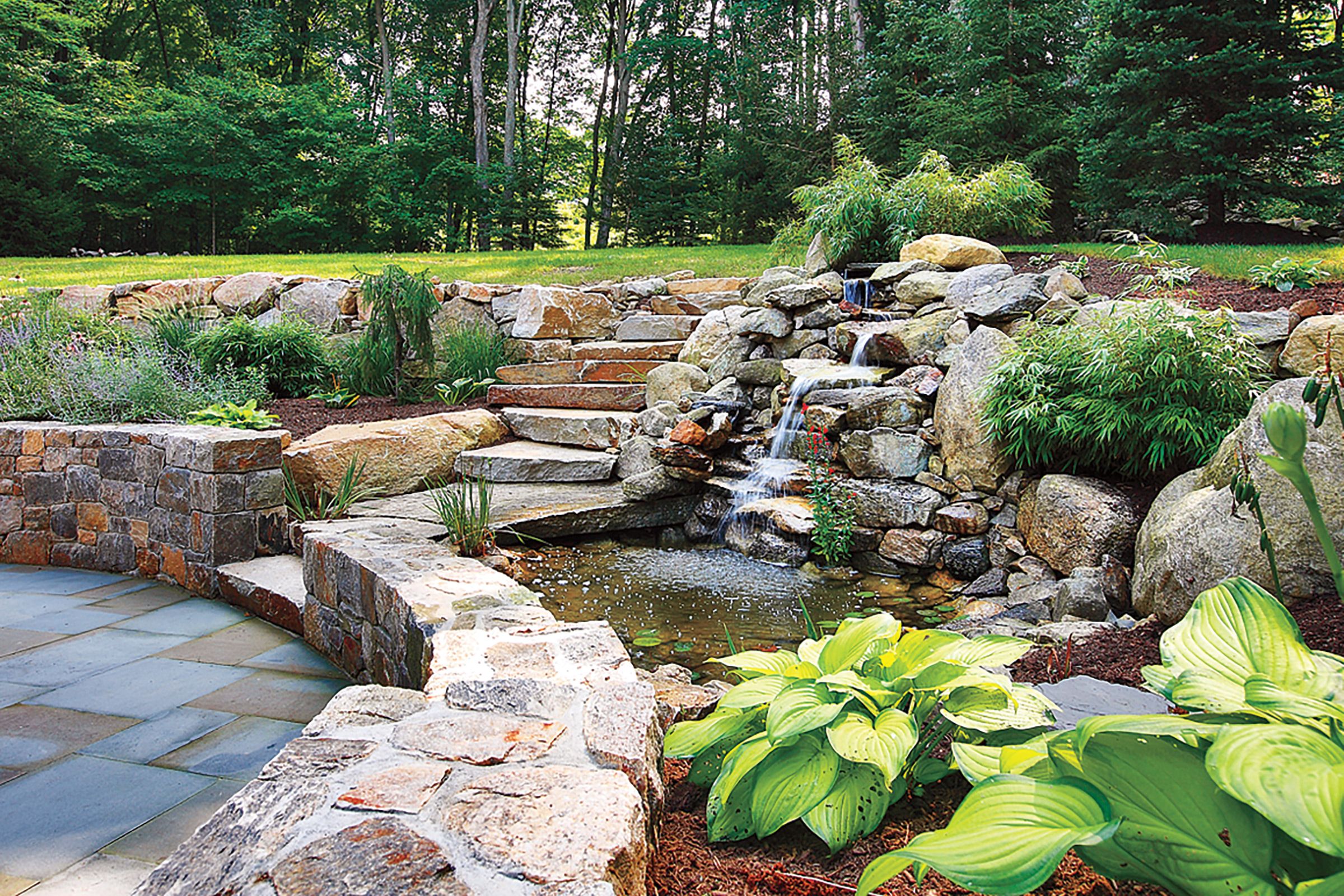
Designing a Pond for Wildlife
If you want to create a habitat that supports local wildlife, consider several key design elements. A wildlife-friendly pond can attract birds, amphibians, and beneficial insects, adding to its appeal and ecological value.
Habitat Features
Incorporate features like logs, rocks, and aquatic refuges. These create breeding areas for wildlife. Floating plant islands or rafts offer additional habitat and can be particularly attractive to amphibians and insects. These features enhance the ecological richness of your backyard pond.
Plant Diversity
Include a mix of submerged, floating, and emergent plants in your pond. This diversity creates a balanced ecosystem and offers food, shelter, and breeding grounds for various wildlife species. Native plants are especially beneficial, as they are adapted to the local climate and provide the best support for indigenous animals.
Shallow Edges
Design your pond with shallow edges to allow wildlife easy access. Gradual slopes and shelves provide safe entry points for birds and amphibians. Shallow areas also support a diverse range of plants and create habitats for insects.
Best Plants for Backyard Ponds
Cattail (Typha latifolia)
Cattail grows along pond edges in moist soil or shallow water. Hollow stems carry oxygen to the root zone and to fish year-round. It is perennial, and its spear-like foliage grows up to 10 feet tall.
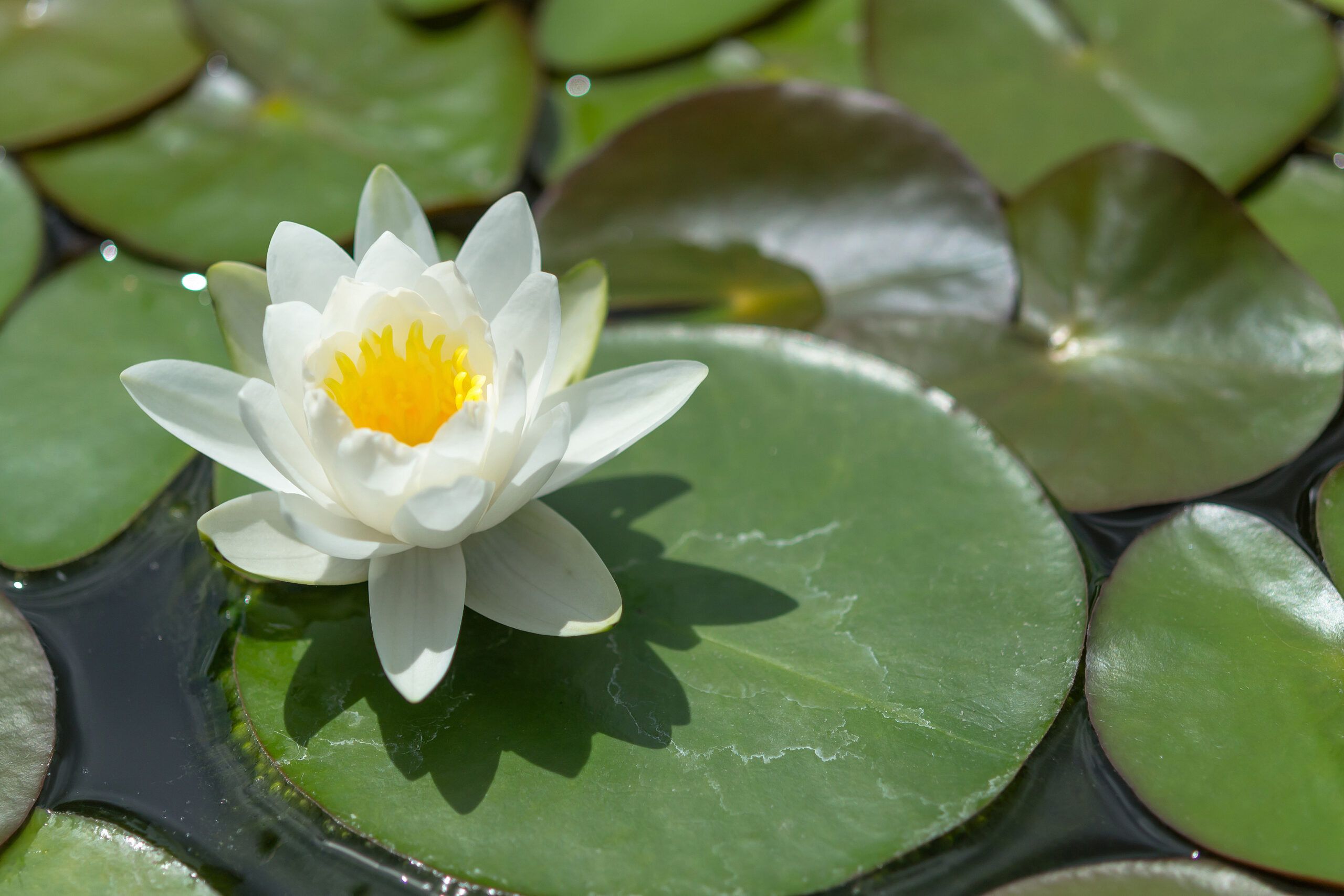
Lotus (Nelumbo sp.)
Planted in containers up to 2 feet deep, lotus blooms on a stalk high above the water’s surface. It’s a perennial, with leaves up to 20 inches in diameter swaying on stems that grow up to 6 feet tall.
Iris (Iris versicolor)
Plant iris pots in 3 inches of water. It bears 5-inch-wide flowers in shades of blue or purple on 24-inch stems. It tolerates partial shade. Iris is a perennial, and its arching leaves grow up to 30 inches tall.
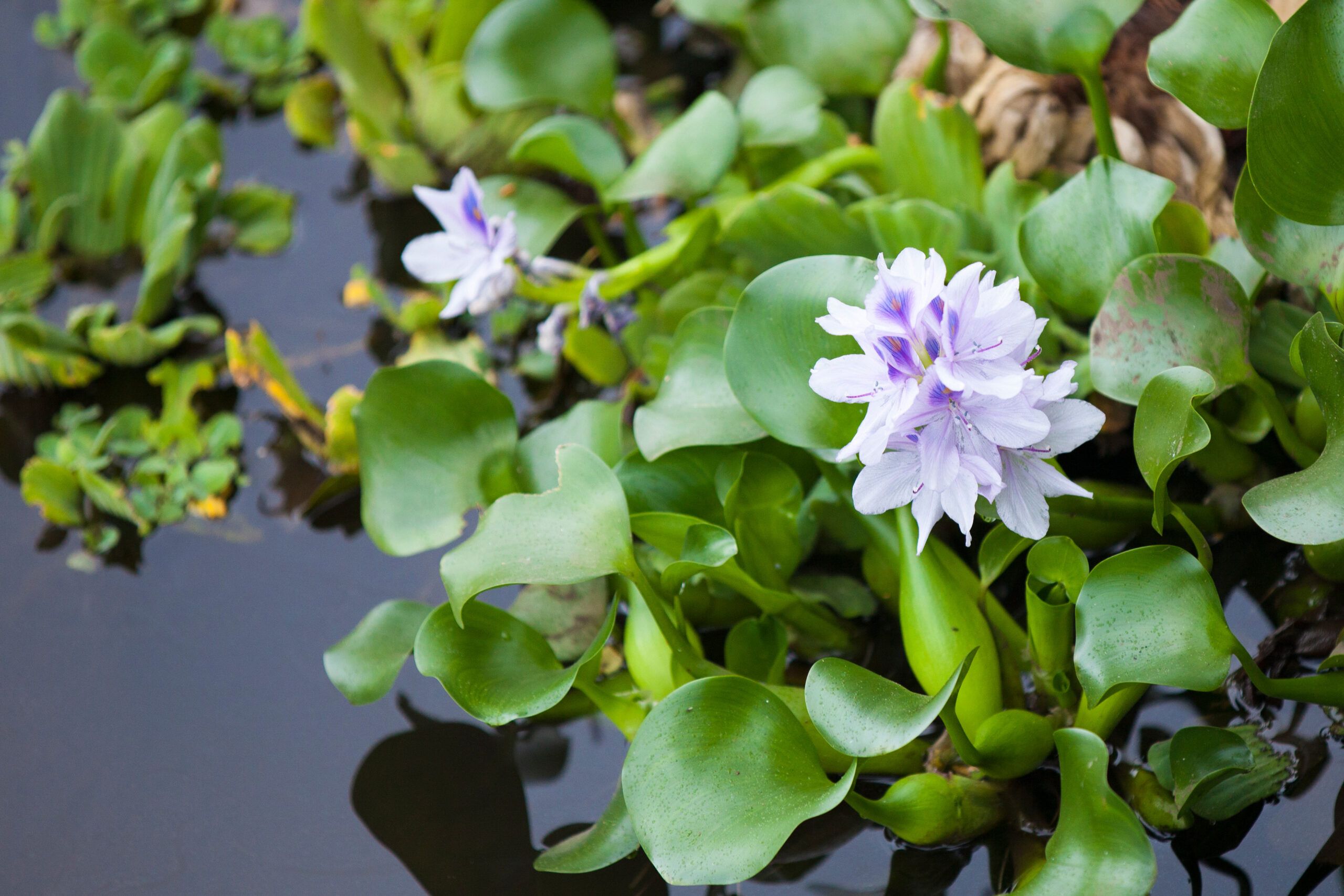
Water Hyacinth (Eichhornia crassipes)
A free-floating plant, water hyacinth sends a 9-inch spike of lavender flowers up from a rosette of leathery, glossy green leaves. It is a perennial in Zones 9–11 but is often grown as an annual in colder climates.
Best Fish for Backyard Ponds
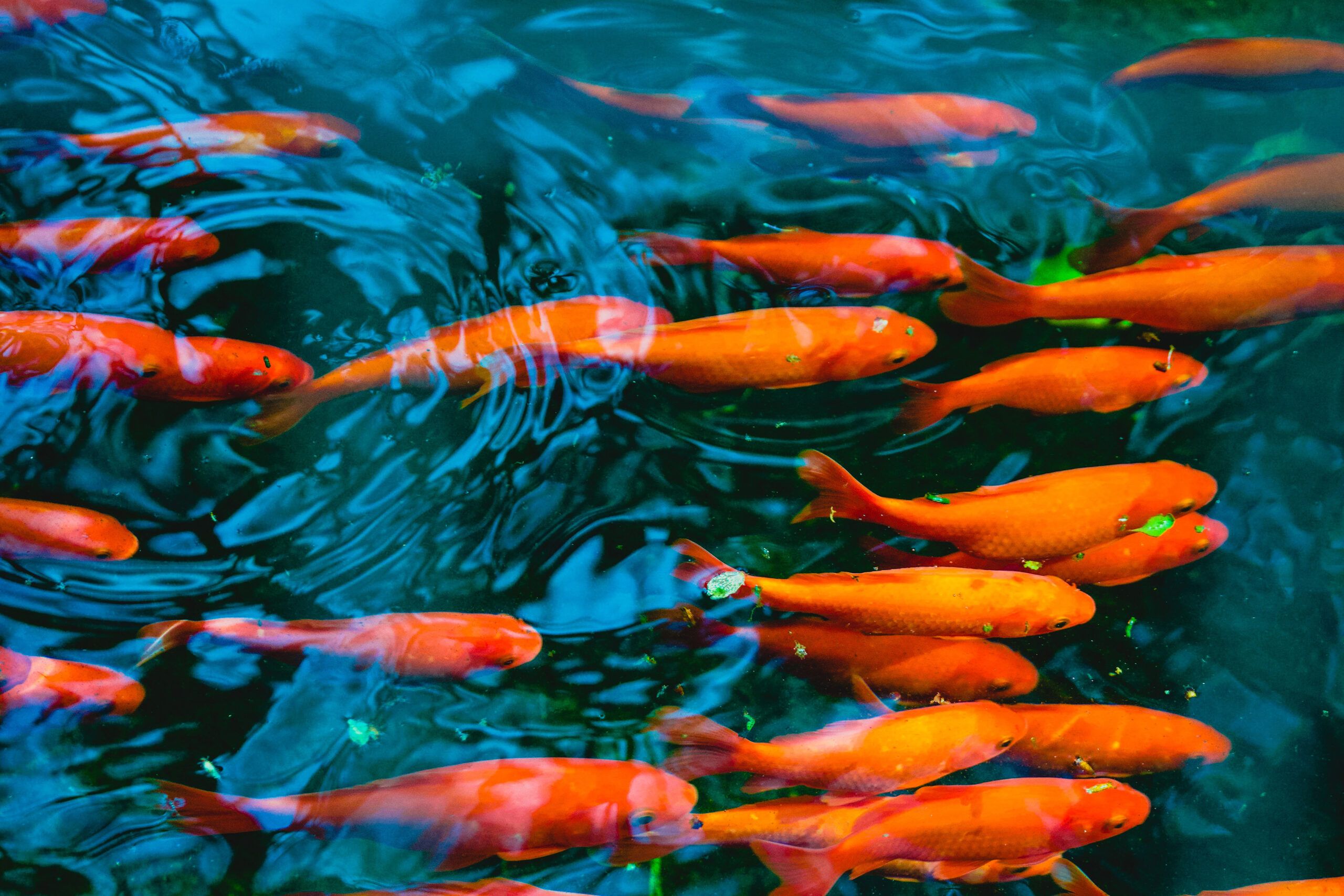
Goldfish
Goldfish are the ultimate low-maintenance choice. They get by eating the plants, algae, and larvae they find. They’ll live about 10 years and often grow up to 12 inches long.
Koi
Koi often live for 40 years or more and grow up to 3 feet long, depending on the pond’s size. You must feed them regularly; you can even train them to eat from your hand. They’ll survive winters as far north as Maine.
Our Conclusion
Creating a backyard pond enhances the beauty and tranquility of your property. With careful planning, the right materials, and regular maintenance, you can enjoy a thriving pond that supports plant and animal life while providing a soothing retreat.

